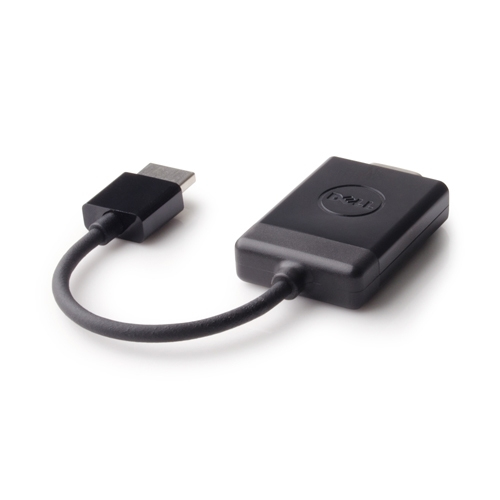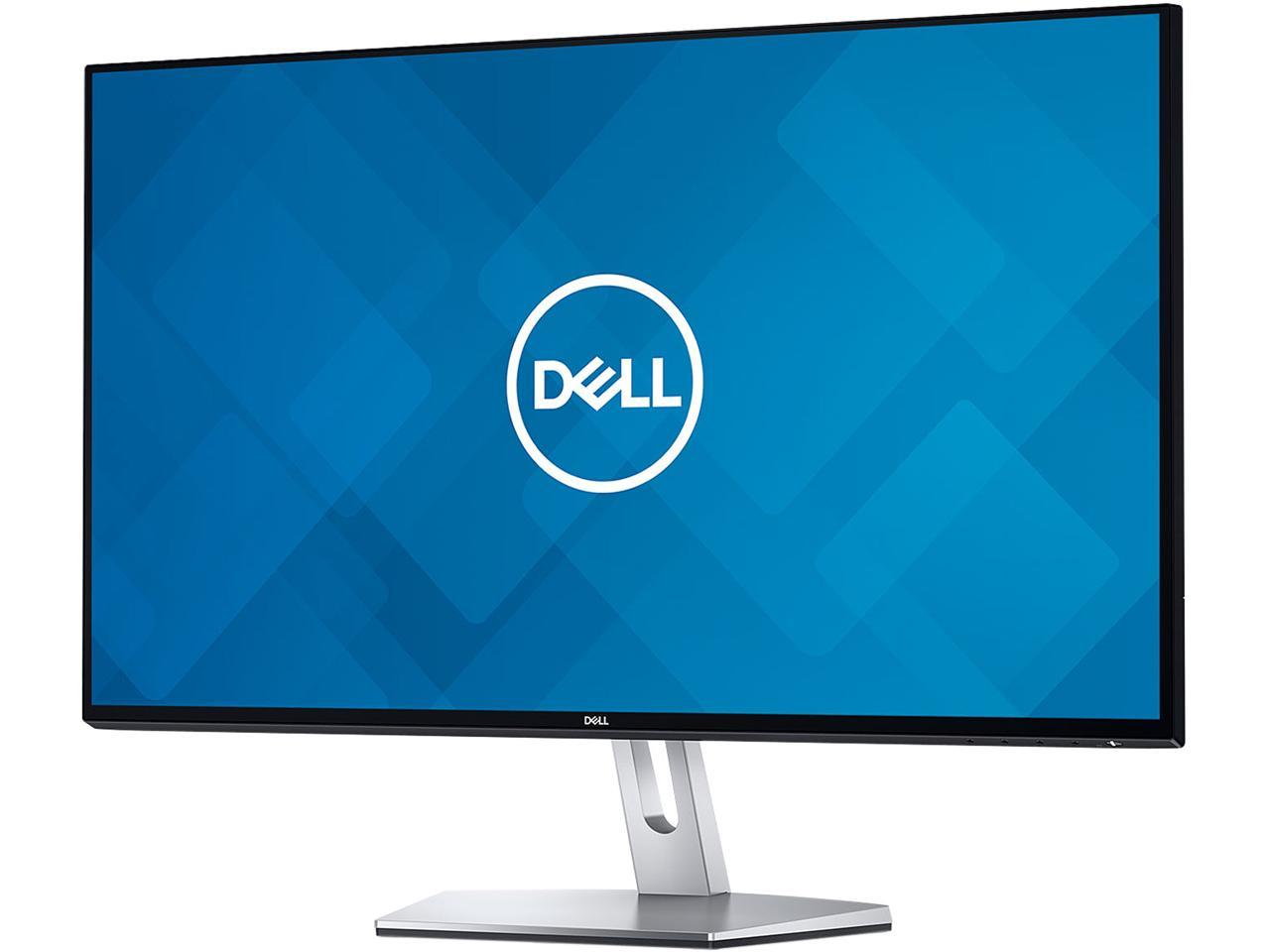

Doing so shouldn’t affect the screen when you’re using the TV for video or a conference call, but it will make text easier to read. With Windows 10, you can adjust the size by going to Start > Settings > System > Display, selecting the TV monitor, and increasing the size of text, apps, and other items. If you’re viewing your TV from farther away, you might want to adjust the size of the text to make it easier to read. Rtings has a guide to selecting the correct mode based on your TV model, as well as what other settings you may need to adjust.

To get the best-looking image on your TV, you need to tell it that the signal is coming from a PC by picking the correct picture mode. PCs and TVs might use the same HDMI cable, but they send slightly different data over it.

Combine that with a cheap HDMI cable, and you’ll have everything you need to use your TV as a second screen. If you own a computer that lacks an HDMI port but uses USB-C, such as a MacBook, a USB-C–to–HDMI adapter is a cheap option that will let you connect it to your TV. Many desktops and some laptops have HDMI jacks built in, so all you have to do is plug the cable in (and tweak some settings as described below). HDMI is the cable you use to connect your DVR or Blu-ray player to your TV, but it also works with computers. New to working from home? We launched a three-day email course to help make the transition easier. Here are three easy ways to turn your TV into a monitor that might not even require any extra equipment. Although a TV is not a perfect monitor replacement, it can work great as a large screen for holding Zoom meetings, watching videos from your laptop, or giving a presentation to the kids during their homeschooling time. One option: You probably have a TV that’s several times larger than your computer display. As many people start to work from home these days, they’re finding that their 13-inch laptop screens don’t always cut it.


 0 kommentar(er)
0 kommentar(er)
